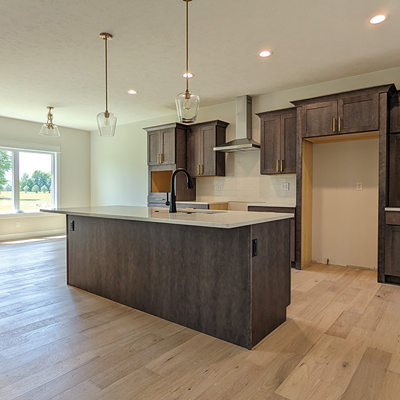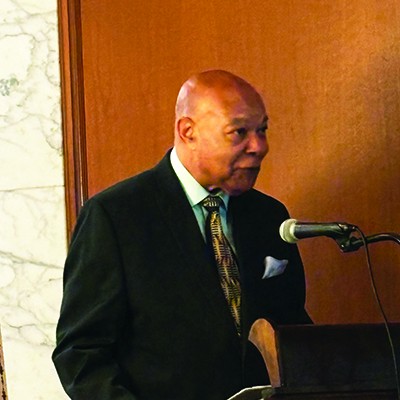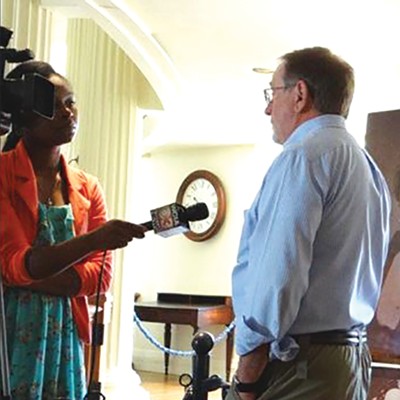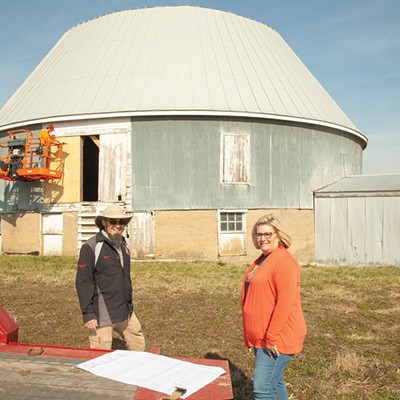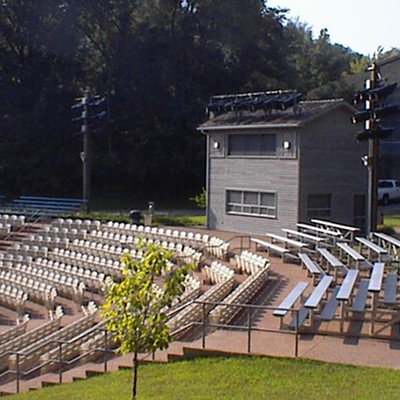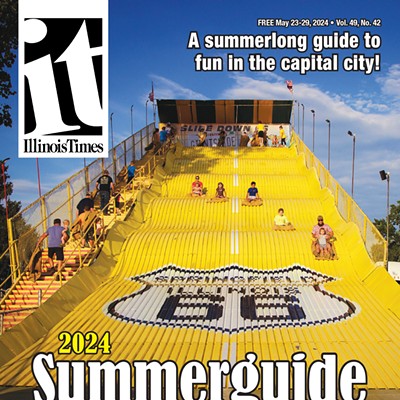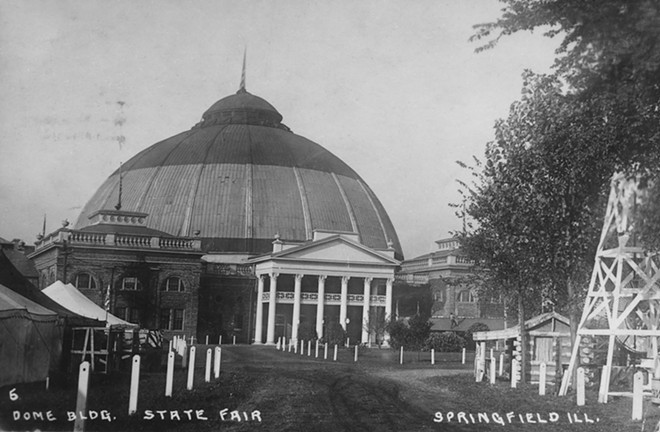
The Dome Building was the focus of the Illinois State Fair for over 20 years before it met its fiery end on Aug. 17, 1917.
Originally the Horticulture Building at the 1893 Chicago World's Fair, known as the Columbian Exposition, the structure was purchased by the Illinois State Fair board in 1894 for $69,000. It was dismantled piece by piece and reconstructed at a cost of $200,000 in Springfield for the opening of the 1895 Fair. It was 222 feet x 222 feet and sported the second largest unsupported dome in the world, the first being in Petrograd, Russia.
The massive dome was made of glass with a copper top and was supported by steel arches. It could hold 10,000 people. An August 1917 Illinois State Register article reported that there was a "majesty to the Dome Building ...that commanded respect and as an architectural accomplishment it commanded admiration." Its white-columned entrance and covered walkways connected it to other fair buildings.
The Dome Building was a main attraction during fair week for fairgoers to attend band concerts, luncheons, speeches and exhibits that included floral displays, agricultural exhibits of fruits, vegetables and machinery, plus special displays. Listed as attractions at the 1900 fair were a cottage made of corn, an exhibit in the balcony of Belgian hares, and a fountain in the center of the main floor. In 1905, fairgoers could see a display showing corn in its various stages of growth, and a University of Illinois experimental farm in miniature. The Illinois State Register of Oct. 8, 1910, described the floral display that filled most of the ground floor: "Roses, carnations, orchids in their natural beauty exhale a fragrance that permeates the Dome Building." (In the early years the fairs were held in late September and early October.)
For many years, the Dome Building was the center of attention. It was again the center of attention on Aug. 17, 1917, a hot summer night during the middle of WWI. Some 1,500 soldiers were stationed in and around the building, preparing to receive orders to report for action. At 6 p.m. flames were spotted on the second floor.
Soldiers of Company C of the Fifth Illinois Infantry climbed up into the building in an attempt to put out the fire, but within 15 minutes they had to retreat. The wooden floors, wooden cornices and wooden porticos had caught fire too quickly. Some soldiers were able to enter the offices to rescue a few pieces of furniture and the muster records of over 14,000 soldiers that were ready to be sent to the adjutant general in Washington, D.C.
All Springfield firefighting units were called and arrived within 20 minutes. They sprayed the flames, but the intense heat had already caused the steel girders to bend. Aided by soldiers but hindered by a lack of sufficient water supply, the firefighters knew the building was doomed. Thirty minutes after the fire started, the huge glass dome crashed to the ground. It was reported that people could hear the noise in downtown Springfield.
The firemen turned their attention to the other buildings being threatened by the sparks which were flying 75 feet in the air. Nearby Machinery Hall and the Exposition Building escaped damage.
Springfield citizens flocked to the fairgrounds trying to discover what the intense light was. Infantrymen assigned to guard duty had to turn them away. The next day a steady stream of curious people came to the site to see their once-famous building now a mass of twisted steel beams and smoldering rubble. The Illinois State Register wrote, "The big imposing architectural giant that stood as a sentinel guarding the city is now an unrecognizable mass of twisted and knotted iron. The massive dome of glass topped with glistening copper vanished before the leaping flames." The fire was believed to have been caused by defective wiring or sparks from a small furnace. In an article in the Aug. 22, 1917, Illinois State Register, blame was aimed at the "lack of good architecture... Here was a building costing over $200,000 for building, a historic structure, which for an additional sum of $10,000 could have been made fireproof." With damage estimated at $250,000, a replacement cost estimate of $400,000, and only $20,000 of insurance coverage, a new structure was impossible.
In 1918 bricks from the Dome Building were used for the construction of the Conservation Building, now known as the Arts and Crafts Building.
Cinda Ackerman Klickna has previously written about the history of the State Fair.







